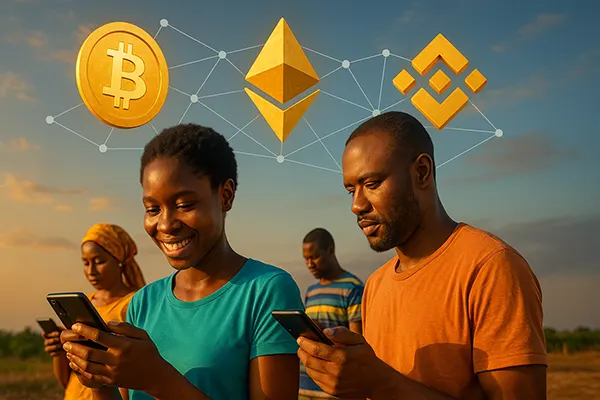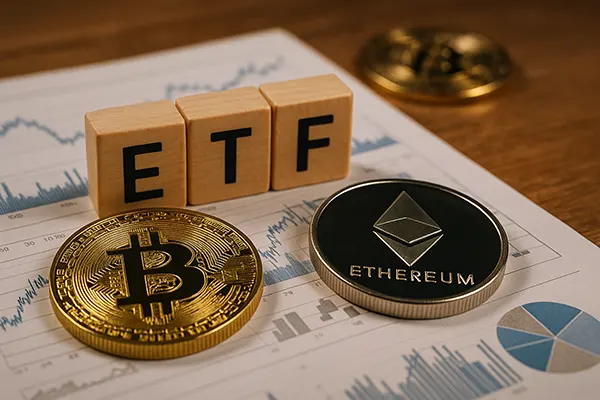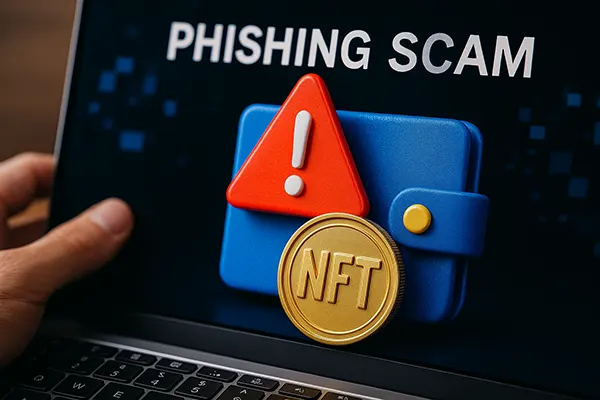
Cryptocurrencies for Crowdfunding: How Web3 Is Changing the Funding of Social Initiatives
As traditional fundraising models increasingly fall short in addressing the needs of grassroots initiatives and global crises, decentralised finance (DeFi) and Web3 technologies are offering a new approach to mobilising capital. Cryptocurrencies, smart contracts, and decentralised autonomous organisations (DAOs) are no longer niche concepts—they’re transforming how social initiatives are funded and managed. In this article, we explore how blockchain-based crowdfunding is evolving, its tangible impact on communities, and what makes this new model both innovative and effective in 2025.
From Traditional Crowdfunding to Decentralised Finance
Conventional crowdfunding platforms such as Kickstarter or GoFundMe rely on centralised systems, meaning contributors have limited control over how their funds are used once donated. In contrast, Web3 crowdfunding mechanisms leverage blockchain transparency and automation. This shift enhances trust and accountability, making it easier for contributors to verify fund allocation and ensure project milestones are met.
One of the most powerful tools in this new ecosystem is the smart contract—a self-executing agreement coded to distribute funds only when predefined criteria are fulfilled. This reduces the risk of fraud and misuse, especially in humanitarian or social campaigns. Since these contracts are open source, anyone can audit them, providing an additional layer of transparency and security.
Additionally, tokenisation is becoming an essential aspect of Web3 crowdfunding. Campaigns can issue utility or governance tokens to backers, offering either future usage rights or voting power within the initiative. This changes the dynamic from passive donation to active participation, where backers become stakeholders with influence over the project’s trajectory.
Real-World Examples of Web3 Crowdfunding Impact
In 2025, one of the most notable examples comes from Ukraine, where decentralised efforts like Aid for Ukraine continue to use blockchain solutions for wartime humanitarian relief. Donors from around the world contribute directly in crypto, and funds are tracked in real time on public ledgers. This system not only accelerates aid delivery but also ensures complete financial transparency.
Another compelling example is Giveth, an Ethereum-based crowdfunding protocol that supports public goods such as environmental projects, education, and disaster relief. With its “Quadratic Funding” model, donations are matched based on community support rather than sheer size, democratising influence and amplifying grassroots initiatives.
Meanwhile, in Latin America, organisations like DoinGud are combining NFTs and crowdfunding to fund social artists and humanitarian work. Buyers of digital art simultaneously support a cause of their choice, making the giving process both culturally engaging and financially direct.
The Role of DAOs in Enabling Democratic Funding Models
Decentralised Autonomous Organisations (DAOs) play a pivotal role in ensuring democratic decision-making within crowdfunding ecosystems. Unlike traditional NGOs or foundations, DAOs operate without hierarchical structures. Instead, they are governed by their members, often using a token-based voting mechanism. This empowers communities to make decisions collectively about fund usage, project selection, and governance priorities.
By removing intermediaries, DAOs reduce administrative overhead and enable faster fund disbursement. In some cases, social initiatives establish micro-DAOs dedicated to specific goals, such as local housing or disaster response. These micro-DAOs operate autonomously but can collaborate with larger organisations when needed.
Transparency is inherent to the DAO structure. All decisions, financial transactions, and governance votes are recorded on-chain, which not only deters corruption but also fosters long-term donor confidence. Furthermore, contributors are more likely to engage when they can vote on proposals or monitor impact metrics directly.
Challenges and Limitations of DAO-Based Crowdfunding
Despite their benefits, DAOs face regulatory uncertainty in many regions. Without clear legal definitions, they often operate in grey areas that complicate taxation, liability, and compliance. As of June 2025, jurisdictions like Switzerland and Singapore have begun to formalise DAO-related frameworks, but global consistency remains elusive.
Additionally, voter apathy can limit effectiveness. While token-based voting gives voice to contributors, participation rates often fall short of expectations. This can result in centralised control by a few major token holders—ironically undermining the DAO’s democratic intent.
Security remains a major concern. Poorly written smart contracts or compromised wallets can lead to significant financial losses. DAO governance requires not only technical infrastructure but also strong community management and ongoing education to keep contributors engaged and informed.

Future Trends: Regulation, Integration, and Scalability
The next frontier for Web3 crowdfunding lies in regulatory integration and scalability. Governments are slowly recognising the legitimacy of blockchain fundraising, particularly when applied to transparent and socially beneficial projects. The EU’s MiCA regulation (Markets in Crypto-Assets), for instance, includes provisions that could help formalise Web3 initiatives under existing financial frameworks without stifling innovation.
Interoperability is also advancing. New protocols now allow crowdfunding DAOs to connect across multiple blockchains, broadening the pool of potential contributors. This multi-chain approach helps mitigate congestion and reduces transaction fees—both of which are critical for attracting small-scale donors in developing regions.
Artificial intelligence is beginning to play a role in evaluating social impact and optimising fund distribution. Predictive models assess project viability, track key performance indicators, and even flag suspicious transactions. Combined with blockchain’s immutability, this enhances accountability without adding centralised oversight.
Key Factors for Sustainable Adoption
For Web3 crowdfunding to achieve lasting relevance, education is paramount. Communities must understand not only how these systems work, but also how they can use them safely. Initiatives like Gitcoin’s “Web3 for Good” educational hub are helping bridge this gap through accessible learning materials and community grants.
In parallel, mobile-first interfaces are being developed to cater to users in regions with limited digital literacy or infrastructure. Simple dApps with intuitive user experience can significantly lower the barrier to entry, especially in areas lacking formal banking services.
Lastly, partnerships between traditional NGOs and Web3 organisations will be crucial. By merging existing trust networks with cutting-edge technology, these collaborations can bring scale, legitimacy, and impact to decentralised social funding projects across the globe.




